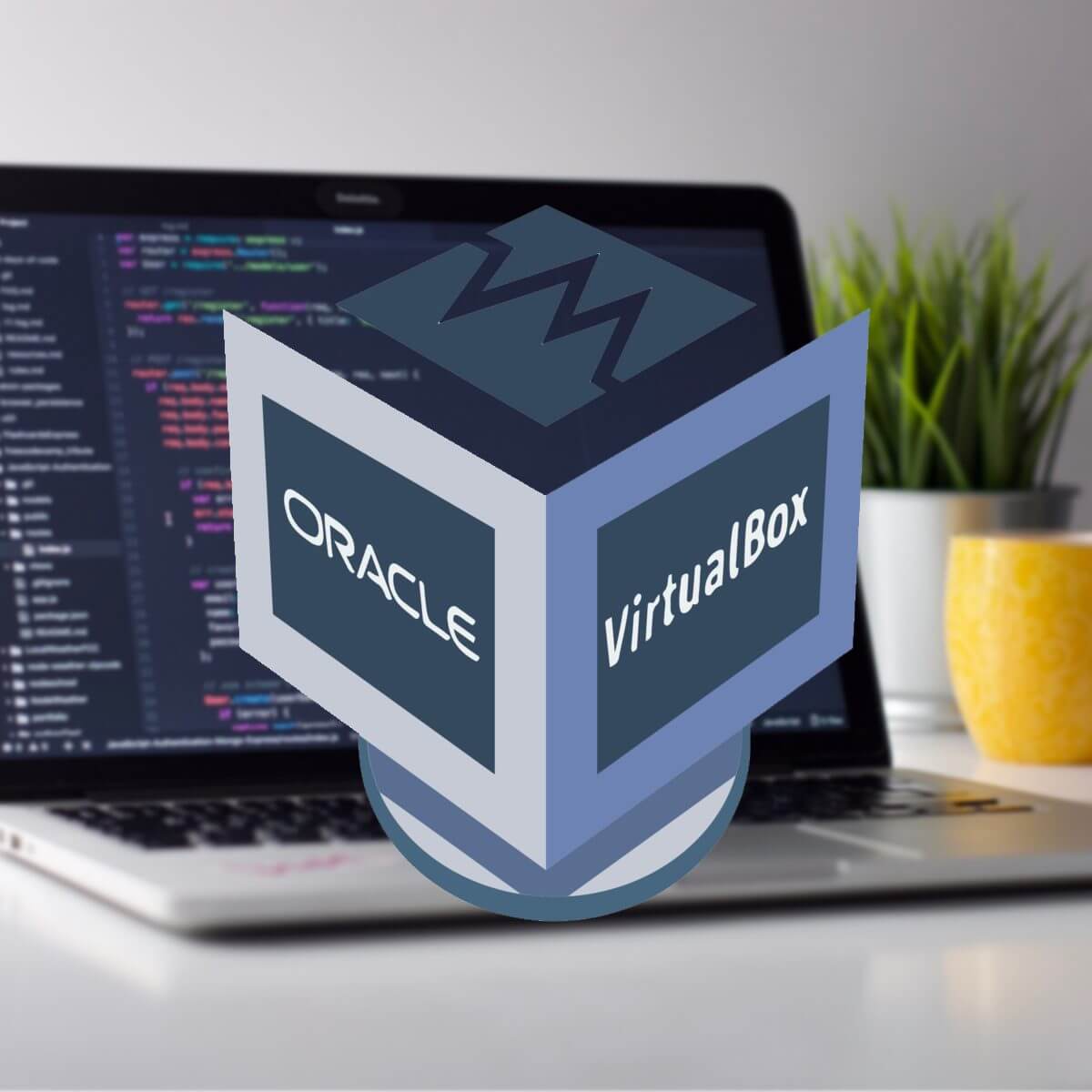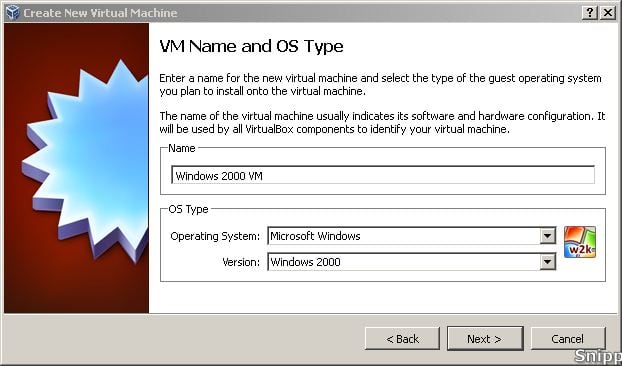

Yes, with the SysPrep tool we can delete the SID and all other settings, leaving the machine in an uninitialized state. The machine will be initialized on its first run.

The SysPrep (or System Preparation) tool should sounds familiar to every seasoned Windows admin. If you check this message, you will see that you have the solution right in front of you. the domain controller) is the same as the SID of this VM. When I tried to add the second machine into the domain, I faced the error. The first became the AD domain controller server. I just need to make two linked clones and to save the precious disk space. I have installed one VM under Windows Server 2012 R2. I needed at least two servers for my scenario. Even better I found the solution for this situation. I discovered this problem preparing an article about remote administration and NIC teaming. Even more, when we build our virtual lab in Oracle VirtualBox (VBox), the clones will always keep the old SID from the original machine. Whenever we need to build the AD domain, we need to have machines with different SIDs. We’ve just discovered a potential problem. Whether the computer is part of the workgroup (or it’s just a stand-alone computer), the value of SID is not crucial. SID is calculated in the process of the installation of every Windows machine. On the machine level, every computer is identified by a unique value named Security ID or SID. Moreover, this identifier must be unique. Additionally, it depends on the mechanism of the VM cloning process.Īdditionally, every computer in the AD domain has its own identification. This process is not the same for every environment.

The fastest way to build a larger virtual environment (either test or production), is to install one VM and then clone it.


 0 kommentar(er)
0 kommentar(er)
